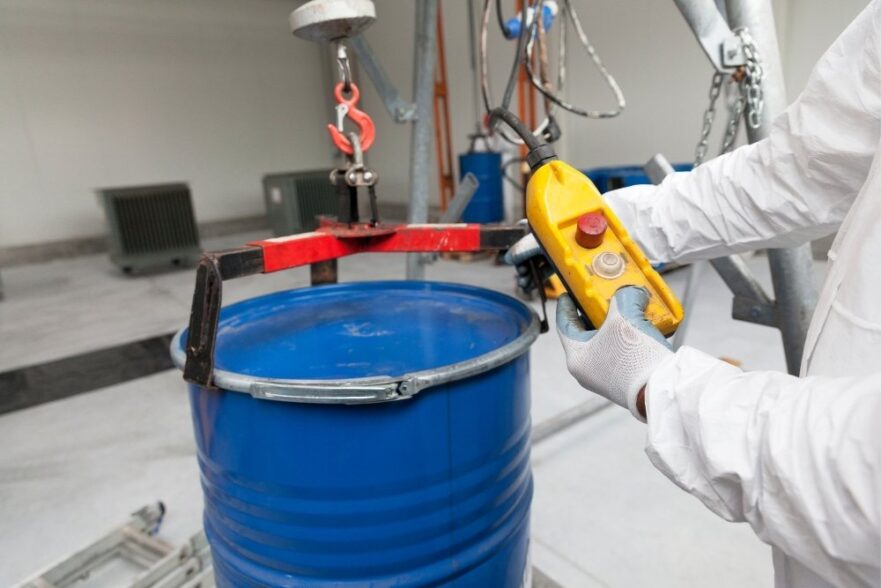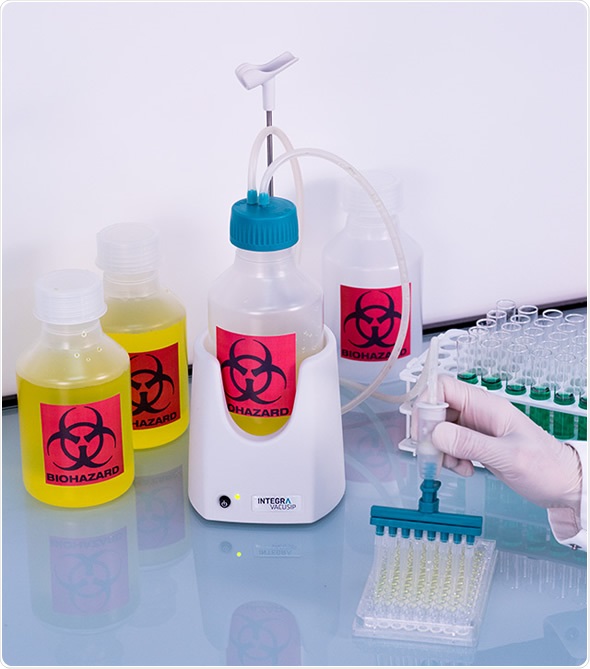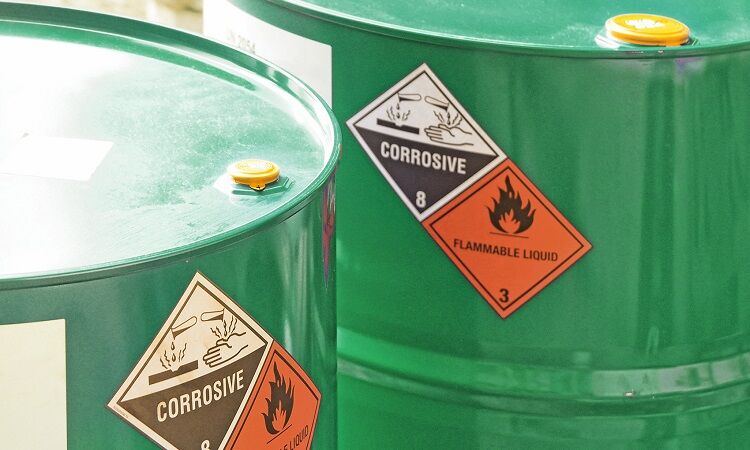Trustworthy Liquid Waste Disposal Melbourne: Safe and Effective Solutions
Trustworthy Liquid Waste Disposal Melbourne: Safe and Effective Solutions
Blog Article
Just How Fluid Garbage Disposal Functions: An In-depth Introduction of Methods and Technologies Employed

Introduction of Liquid Waste Kind
The complexity of liquid waste kinds necessitates a thorough understanding of their features and ramifications for disposal. Fluid waste can broadly be classified into several types, including industrial, metropolitan, agricultural, and hazardous waste. Each category exhibits distinctive buildings, calling for details management strategies to minimize environmental and health dangers.
Industrial fluid waste stems from producing procedures and frequently has a series of contaminants, such as hefty steels, solvents, and natural substances. Metropolitan fluid waste, primarily consisting of wastewater from households and industrial facilities, includes natural issue, nutrients, and pathogens (industrial wastewater treatment). Agricultural liquid waste, including runoff from farms, may consist of plant foods, chemicals, and animal waste, posturing risks to water top quality and ecological communities
Harmful fluid waste is identified by its toxicity, reactivity, or possible to trigger injury. This classification includes substances like acids, bases, and certain chemicals that necessitate stringent handling and disposal protocols. Comprehending these varied fluid waste kinds is critical for creating efficient disposal approaches and making sure conformity with ecological guidelines. Proper classification and characterization are crucial for implementing appropriate therapy techniques and decreasing the unfavorable effect on public wellness and the atmosphere.
Physical Therapy Methods

Screening is the preliminary action, where bigger fragments and particles are gotten rid of from the fluid waste making use of displays or grates. In sedimentation storage tanks, larger fragments resolve at the bottom, developing a sludge layer, while the clarified fluid can be more dealt with.
Purification is another necessary approach that entails passing the fluid with permeable products, such as sand or membranes, to record smaller sized fragments. This action enhances the high quality of the fluid, making it appropriate for succeeding therapy processes.

Chemical Therapy Strategies
Chemical therapy strategies are important for efficiently taking care of fluid waste, specifically in addressing liquified and colloidal impurities that physical techniques may not effectively eliminate. These methods utilize numerous chemical agents to reduce the effects of, speed up, or change hazardous substances into much less damaging types.
One typical approach is coagulation and flocculation, where chemicals such as alum or ferric chloride are added to promote the aggregation of put on hold particles. This procedure enhances sedimentation, enabling for much easier elimination of the resulting sludge. In addition, oxidation processes, employing representatives like chlorine or ozone, are used to damage down complex natural compounds and virus, making the waste safer for discharge or more treatment.
Neutralization is another crucial technique, which changes the pH of acidic or alkaline waste streams to neutral degrees, stopping potential harm to downstream systems and the atmosphere. Furthermore, progressed oxidation procedures (AOPs) use combinations of oxidants and ultraviolet light to deteriorate relentless pollutants, attaining a higher level of treatment effectiveness.
Biological Therapy Procedures
Organic treatment processes play a crucial This Site duty in the monitoring of fluid waste by making use of bacteria to decay raw material and minimize impurity levels. These procedures can be generally categorized right into aerobic and anaerobic treatments, each utilizing specific microbial areas to achieve efficient waste destruction.
Cardio treatment includes the usage of oxygen to promote the break down of natural products by bacteria. This process is commonly carried out in triggered sludge systems, where oygenation tanks offer a helpful setting for microbial development, resulting in the oxidation of organic contaminants. The resultant biomass can be divided from treated effluent through sedimentation.
In comparison, anaerobic therapy happens in the lack of oxygen, counting on different bacteria to damage down raw material. This approach is particularly beneficial for high-strength waste, as it produces biogas, a renewable resource resource, while minimizing sludge manufacturing. Technologies such as anaerobic digesters are often used in community and commercial applications.
Both aerobic and anaerobic biological therapies not just decrease the environmental influence of fluid waste but also help with source healing, making them crucial components of sustainable waste administration strategies. Their effectiveness, efficiency, and adaptability sustain their prevalent execution throughout numerous industries.
Emerging Technologies in Disposal
Cutting-edge methods to fluid waste disposal are rapidly evolving, driven by advancements in innovation and an increasing emphasis on sustainability. Amongst these emerging modern technologies, membrane bioreactors (MBRs) have actually gotten traction for their ability to integrate organic treatment with membrane filtering, resulting in top quality effluent that can be reused in various applications. MBRs enable smaller footprints and more effective procedures compared to traditional systems.
An additional encouraging development is making use of anaerobic food digestion integrated with nutrient recovery modern technologies, which not just deals with fluid waste yet likewise creates biogas and recoups important nutrients like nitrogen and phosphorus. This twin benefit enhances source efficiency and reduces ecological effect.
In addition, progressed oxidation processes (AOPs) are being taken on for the degradation of intricate organic contaminants. These methods use effective oxidants and catalysts to break down contaminants at the molecular degree, providing a highly effective solution for tough waste streams.
Additionally, the combination of artificial knowledge and artificial intelligence in waste management systems is enhancing operational effectiveness and predictive maintenance, leading to decreased expenses and enhanced environmental a fantastic read compliance. These innovations mirror a considerable shift in the direction of more effective and sustainable fluid garbage disposal practices.
Conclusion
Finally, reliable fluid waste disposal demands a thorough understanding of different techniques and modern technologies. The integration of physical, chemical, and organic treatment methods makes sure the reliable administration of varied waste types. Furthermore, the development of innovative innovations enhances therapy efficacy and advertises sustainability in waste management methods. By continually advancing these approaches, it ends up being feasible to deal with the expanding challenges related to fluid waste, inevitably adding to ecological security and source recuperation.
Fluid waste disposal is an essential facet of environmental administration, requiring a thorough understanding of various methods and technologies tailored to different waste kinds. Liquid waste can extensively be classified into a number of kinds, consisting of industrial, municipal, farming, and hazardous waste. Agricultural liquid waste, including runoff from farms, may have fertilizers, pesticides, and pet waste, posing risks to water high quality and ecological communities.
Numerous physical therapy methods play a critical duty in taking care you could try this out of liquid waste successfully - industrial wastewater treatment.In final thought, reliable fluid waste disposal demands a thorough understanding of different strategies and innovations
Report this page